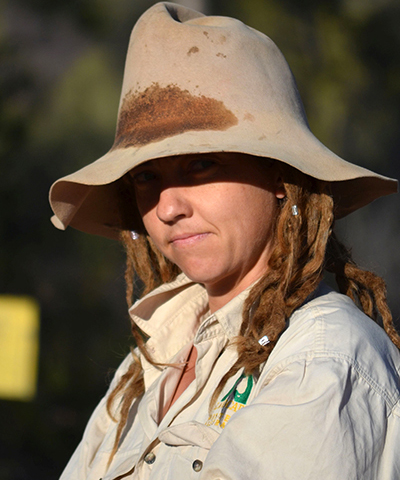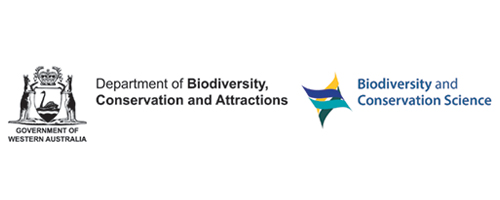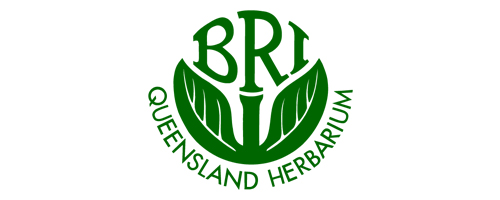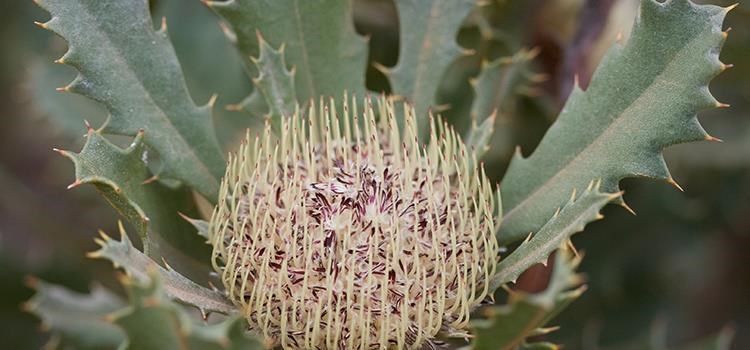
Project: 2.4
National Action Plan for Australia’s most imperilled plants
Project Leaders: Rod Fensham
Research in Brief
This project will create a Red Hot List of Australia’s 100 most threatened plant species and a National Action Plan to bring together key information on these species to create a prioritised plan for action. The project will also undertake field based research to fill critical knowledge gaps about poorly known but potentially imperilled species. 
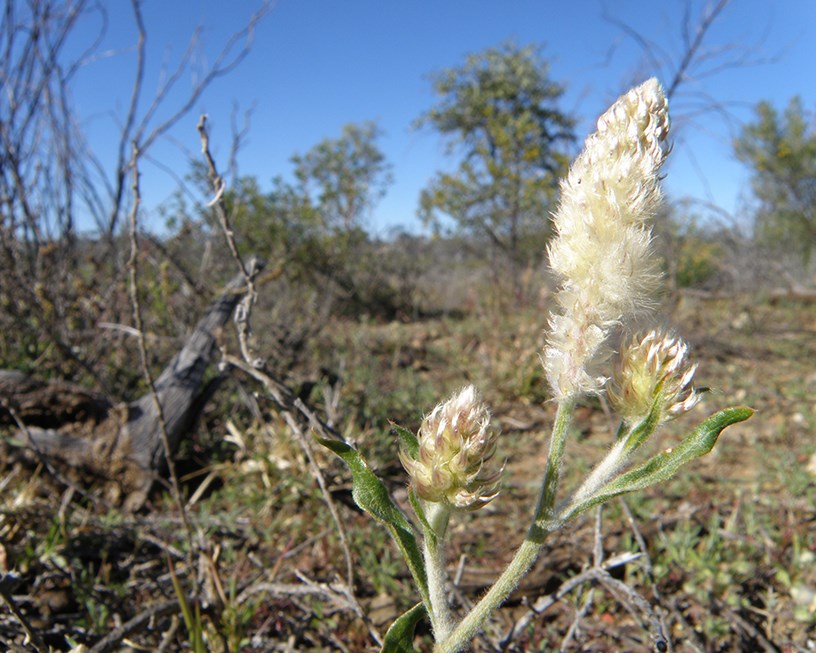
Ptilotus brachyanthus. Photo: Jen Silcock
Why is the research needed?
There are currently 1115 plant species listed as presumed extinct, critically endangered or endangered at a national and/or state level, as well as an additional 55 poorly known species that experts consider likely to be endangered. Management of many of these species is hampered by a lack of knowledge and/or monitoring, and some could slide to extinction without anybody knowing.
How will the research help?
This project will lead to a better understanding of Australia’s most threatened plants and the steps needed to save them from extinction.
The research will create a Red Hot list of Australia’s 100 most imperilled plant species, to raise their profile and act as a stimulus for action. In the second stage, a National Action Plan for Imperilled Plants will draw together the most up-to-date knowledge on status, threats and population trends for each of these species, in addition to identifying critical knowledge gaps and recommended recovery actions.
About 25 poorly known species from across Australia will be selected for additional field based research to fill critical knowledge gaps and allow comprehensive assessment against IUCN criteria. This will provide substantial improvement to the assessment of endangered plant species and inform protocols for future assessment.
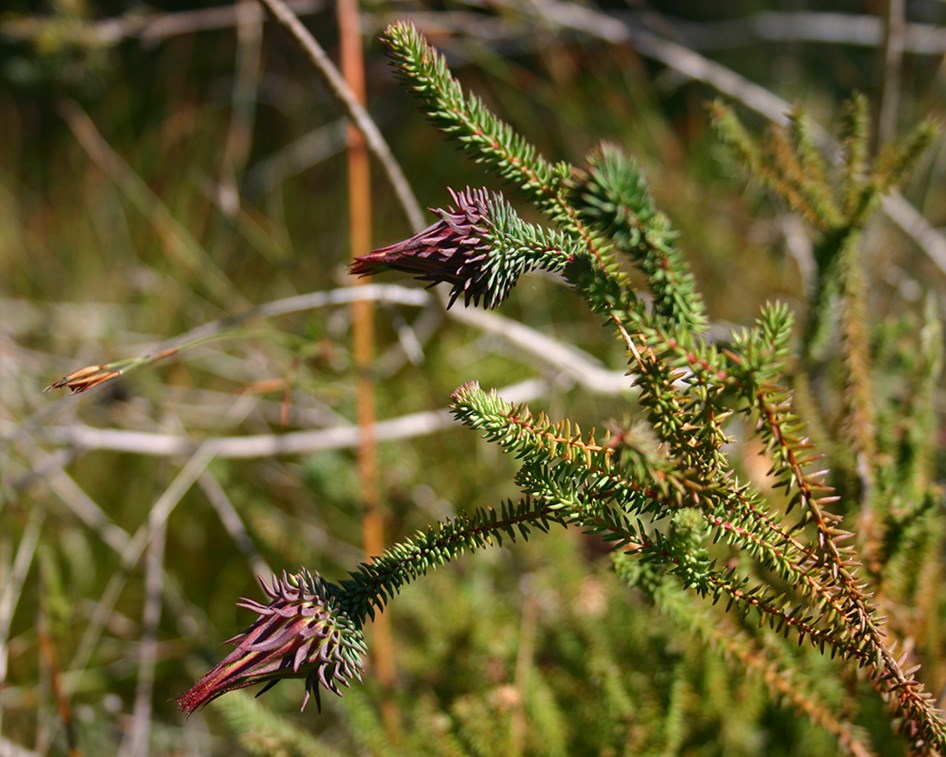
Darwinia whicherensis. Photo: Andrew Webb
What research activities are being undertaken?
The project will collate and summarise existing knowledge on Australia’s most threatened plant species based on detailed reviews of Recovery Plans, Conservation Advice and published literature, and interviews with over 120 botanists and land managers around Australia.
The team will then select 25 poorly known species for field based research which will allow reliable conservation status assessments and will fill critical knowledge gaps about ecology and management. Species will be selected based on being considered to be highly at-risk and to encompass a wide variety of bioregions, vegetation types and lifeforms. The research methods will include field survey, experimental studies, assessment of decline using habitat modelling, establishment of baseline monitoring and development of monitoring protocols with partner organisations and community groups. The on-ground field effort will also establish links with landholders and other stakeholders who will be the future custodians of these species.
The team will rank species based on conservation status and threat to identify a Red Hot List of Australia’s most imperilled plant species and will raise their profiles.
The Red Hot list assessment process has already highlighted that field surveys and monitoring of threatened plant species are essential for assessing conservation status and understanding the nature of threatening processes.
The team will review the conservation status of species that are currently categorised as extinct, critically endangered and endangered under the Environmental Protection and Biodiversity Conservation Act (EPBC) and/or State and Territory legislation, as well as assessing species that qualify for these criteria based on expert opinion but have not yet been listed. This work will be collated in a National Action Plan for imperilled plant species, which will also include a framework of recommended on-ground action, funding and prioritisation for all the Red Hot List plant species and other highly threatened plants.
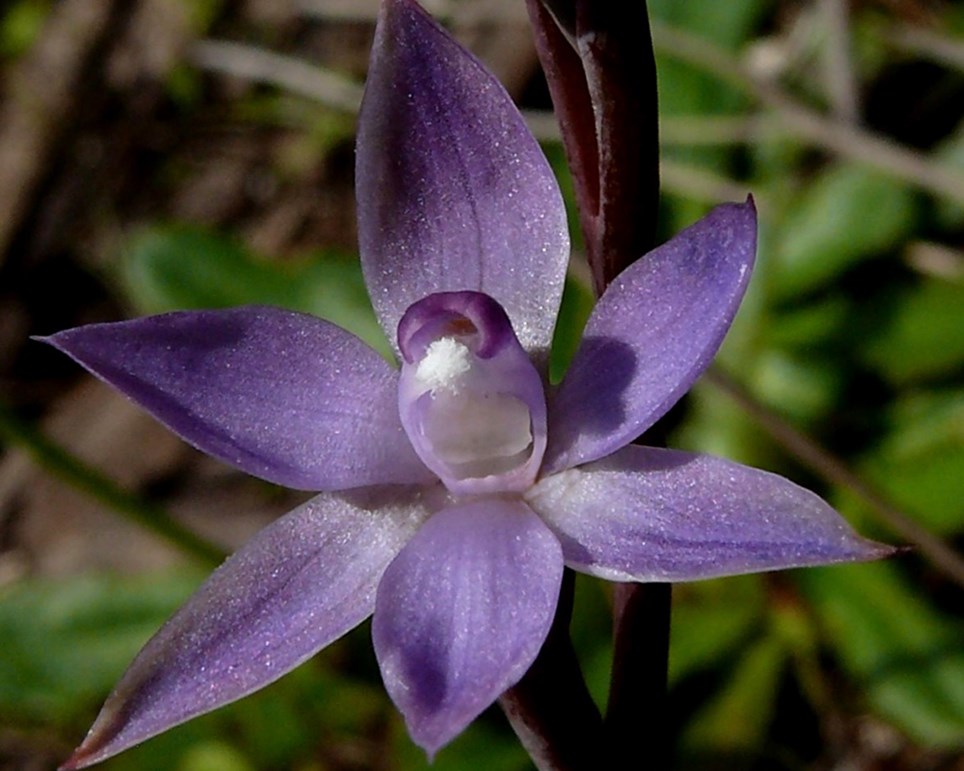 Thelymitra cyanapicata Fleurieu Peninsula. Photo: Bob Bates
Thelymitra cyanapicata Fleurieu Peninsula. Photo: Bob Bates
Who is involved?
The project is being led by researchers at the University of Queensland, the WA Department of Biodiversity, Conservation and Attractions, the NSW Office of Environment and Heritage and the Queensland Herbarium. Over 120 botanists and land managers across Australia will be interviewed for the Red Hot List and National Action Plan.
Field work will be undertaken in collaboration with land managers and stakeholders, including private landholders, National Park rangers, other Government agencies, not-for-profit groups and NRM groups.
Where is the research happening?
Plant species in the Red Hot List and Action Plan will span all of Australia. The location of the 25 case studies will be determined as the project commences, but will be selected to encompass a wide variety of bioregions. Candidate bioregions with the highest concentrations of poorly known species are South East Queensland (35 species), Brigalow Belt (36 species) and the Avon Wheatbelt and Geraldton Sandplains (16).
When is the research happening?
This project began in 2016 and will run until December 2020.
More Information
For more information please contact: Dr Jennifer Silcock - j.silcock@uq.edu.au
This project involves the following subprojects:
Project 2.4.1 Developing a national action plan for Australian eucalypts
Reference: Silcock, J.L., Fensham, R.J. (2018) Using evidence of decline and extinction risk to identify priority regions, habitats and threats for plant conservation in Australia. Australian Journal of Botany, Vol. 66, pp. 541–555.
Top Image: Banksia fuscobractea. Photo: Andrew Crawford
-
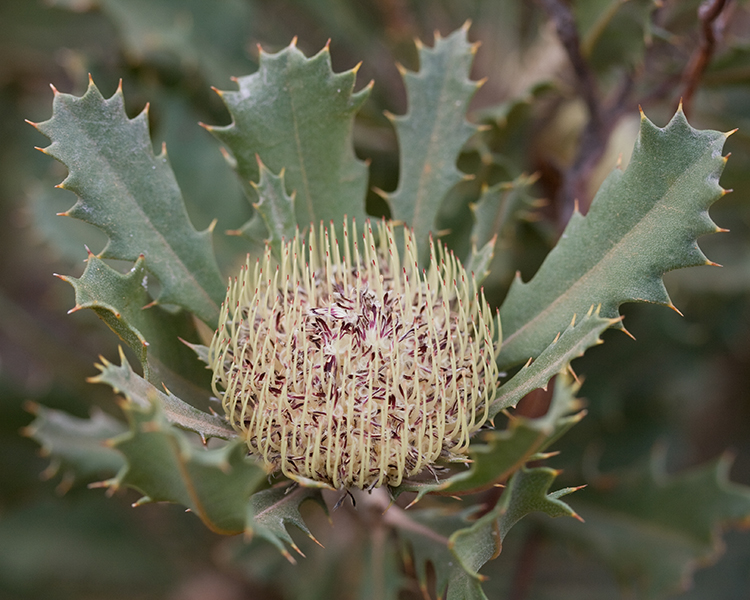
New Research: The Aussie plants facing extinction
Wednesday, 30 January 2019 -
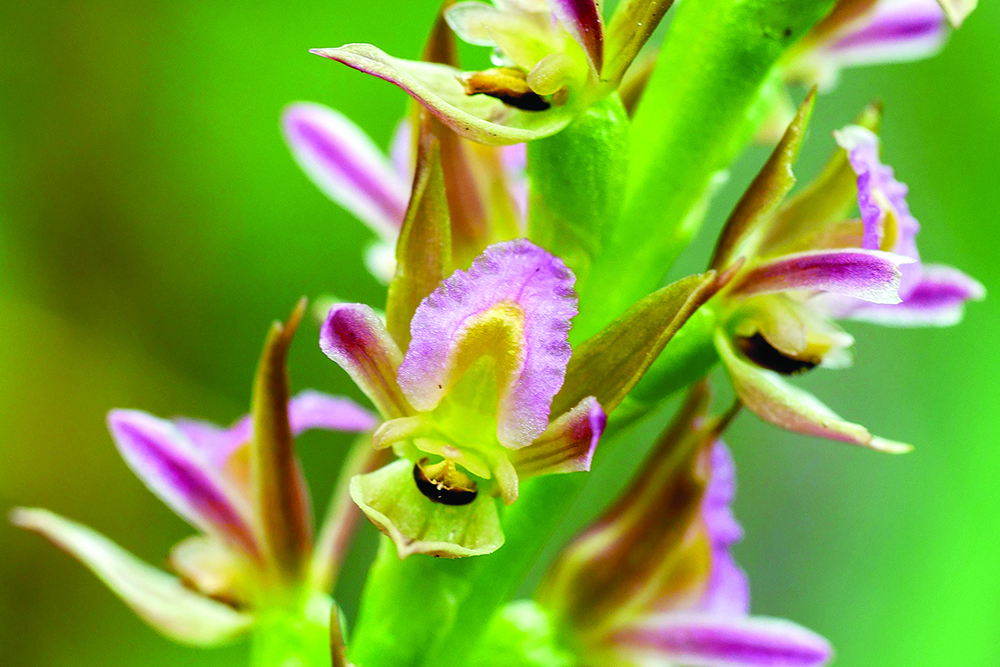
Race against time for Endangered leek orchids
Sunday, 11 November 2018 -
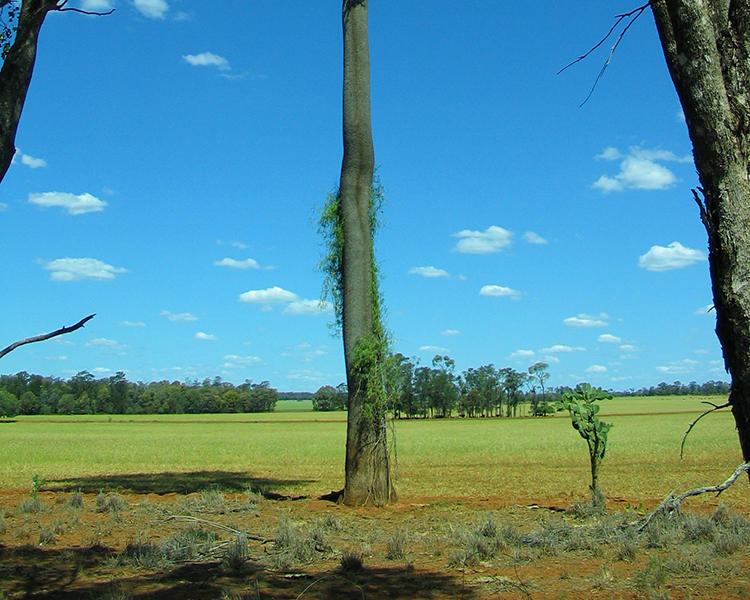
Lost with the brigalow - Rediscovering something lost in order to save what still exists
Tuesday, 13 February 2018 -
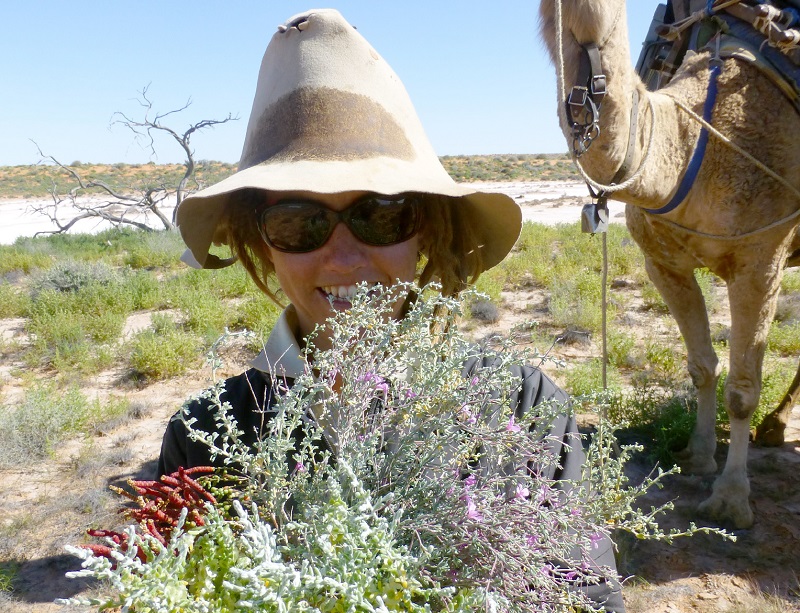
A Red Hot List for threatened plants
Monday, 07 August 2017



